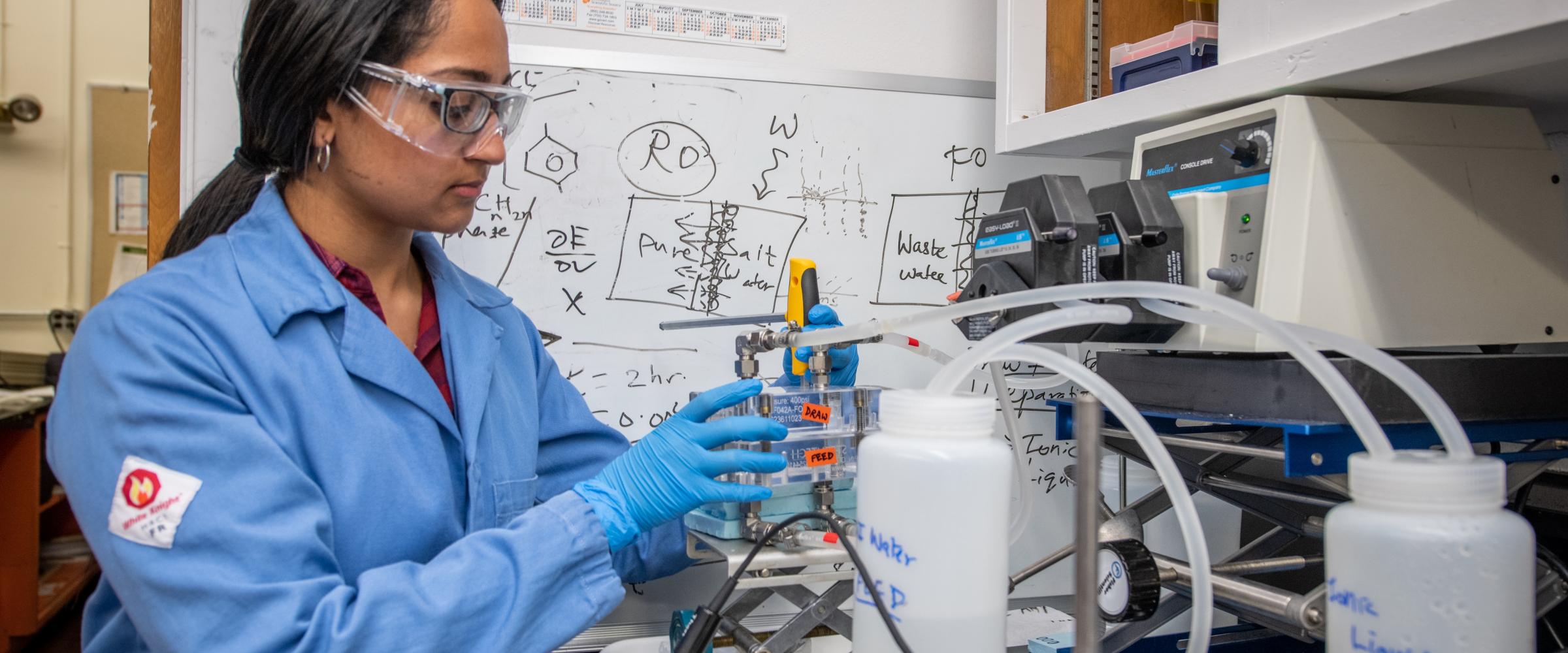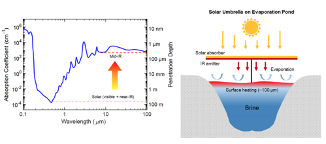Water Desalination & Critical Material Recovery
Water Desalination & Critical Material Recovery
Global water demand is projected to increase significantly over the next three decades. Desalination technologies can help meet this demand by extracting water from non-traditional water sources such as brines and produced water from oil and gas extraction. Our group is developing desalination technologies based on novel materials and process configurations that can treat nontraditional water sources for beneficial reuse. Furthermore, we are exploring the integration of these processes with solar-thermal energy and electricity to achieve a low levelized cost of water. We are also focused on achieving zero liquid discharge (ZLD), which is a multi-step treatment process that extracts over 95% of the water from a wastewater stream and leaves behind solids that can be valorized. This work is aligned with the goals of the National Alliance for Water Innovation (NAWI), a DOE energy-water hub headquartered at Berkeley Lab.

 To address this, we are developing simple photo-thermal devices that convert sunlight into mid-infrared radiation where water is inherently a strong absorber, thereby achieving radiative heat localization at the water’s surface. This approach is passive and non-contact, which eliminates contamination risks and makes it uniquely suited for corrosive brines encountered in the ZLD process.
To address this, we are developing simple photo-thermal devices that convert sunlight into mid-infrared radiation where water is inherently a strong absorber, thereby achieving radiative heat localization at the water’s surface. This approach is passive and non-contact, which eliminates contamination risks and makes it uniquely suited for corrosive brines encountered in the ZLD process.